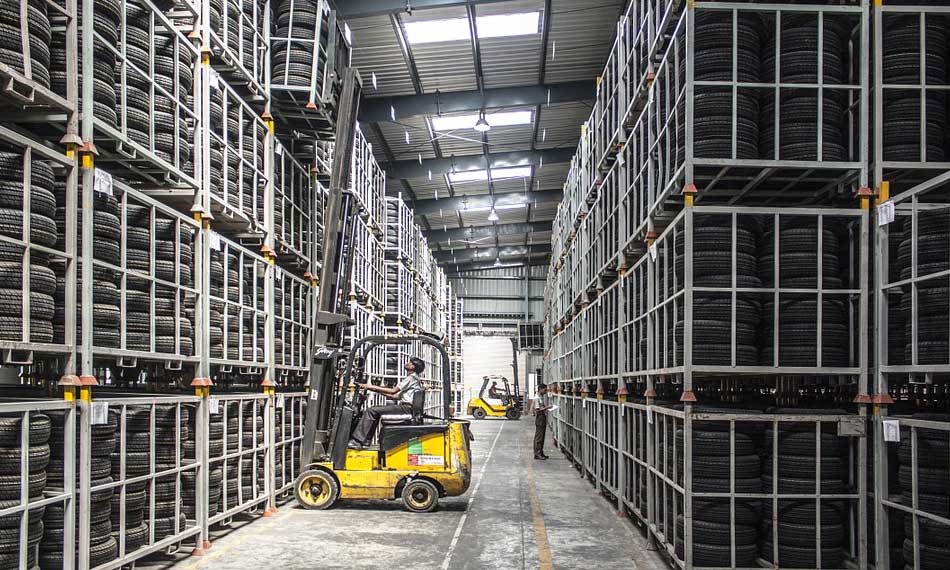Electrician vs Lineman: What’s the Difference?
August 27, 2021
If you want to work a trade having to do with electrical systems, but you haven’t settled on what career to pursue, two of your options may be electrician and lineman. People often confuse the two careers, thinking they are the same. The truth is, besides the basic electrical knowledge you need to do either, electricians and linemen have very different careers.
While the work varies between the two jobs, they are both among the highest paying trades. Let’s compare linemen and electricians to help you determine what career to pursue.
Linemen work outdoors, installing and maintaining power lines, and often work during power outages and emergencies.
As their title suggests, linemen work on power lines that run between buildings and power stations. They install new lines, test existing power lines, and repair old or damaged lines when necessary.
But working as a lineman is no easy task. It is one of the most physically demanding trade jobs.
Much of the job involves working at heights. Linemen must climb poles and go up in bucket lifts to perform power line installations and repairs. For particularly difficult jobs, some lineman may even be lowered down to access the power line from a helicopter!
And because the job is entirely outside, lineman work in bad weather conditions all the time. Heavy rain, snow, hail, and wind often knock out power lines and cause power outages. Who gets called to restore power when there is an outage? You guessed it: linemen. Many lineman, especially those just starting their career, are on call 24/7. And they don’t wait for the weather to pass during bad storms. Linemen work in virtually all weather conditions and often work long ten- or twelve-hour shifts to ensure the lights come back on.
The danger of this work is heightened by the high voltage lines that linemen often work on. Being shocked by a transmission line is a much different matter than being shocked by the low voltage lines of a home or business (of course, both types of shocks are bad—that’s why safety should always come first).
Working as a lineman can be dangerous, is more physical than most trades, and requires working in harsh weather. So, if you want to become a lineman, be sure that you are good with heights and like to work outdoors.
How do you become a lineman?
Becoming a lineman requires schooling. You can take one of two paths: go to school full time to become certified or become an apprentice and work while you learn.
If you enroll in a lineman training program full time, you can complete the course in the span of a few months. Afterwards, you will join the workforce as an apprentice, and work your way up to becoming a journeyperson.
If you enroll in an apprenticeship program, you will gain real-world work experience while taking related classes. This program typically takes two or three years, and once complete, you will have earned enough work hours to become a journeyperson.
Electricians work on residential, commercial, and industrial buildings, and work with lower voltage systems than linemen.
Electricians work on electrical systems in a variety of settings, from smaller residential jobs to larger commercial and industrial sites. They do much of their work inside, but also work outside digging trenches and running wire.
Electricians can work on specialized projects. These may include wiring solar installations or even wind turbine installations (there happens to be good opportunities in the renewable energy space).
The key difference between linemen and electricians is the amount of voltage each works with. Linemen work with high voltage transmission lines of 200 kilovolts (Kv) or more. Working with high voltage lines requires special training, tools, and safety measures that would not be applicable to a general electrician.
Also, compared to a lineman, working as an electrician is not nearly as hard on the body. It is still a hands-on job, but the use of heavy equipment is rare, as is working in dangerous environments or at tall heights.
How do you become an electrician?
Becoming an electrician is similar to becoming a lineman. You must either attend trade school full time or become an apprentice and work as you go to school.
At I-TAP, we offer both an electrical trainee program and an electrical apprentice program. Our six-month electrical trainee program is designed to get you the skills needed to step on the job site and know what to do from day 1. Our apprenticeship program offers students the opportunity to take classes a few weeks per year while getting experience on the job site.
At the completion of either program, you must take the California Electrical Certification Exam to become certified.
What career should you pursue?
Linemen and electricians are quite different. Linemen work outside with high voltage transmission lines and systems. Electricians work in commercial and residential settings, mostly indoors, and with lower voltage systems.
If you like to work outdoors, becoming a lineman might be a good career choice. But do keep in mind that the work is physically demanding. You may regularly work at heights of more than 100 feet and in bad weather conditions… and for some, that is the perfect job.
But if that doesn’t sound like a fit, working as an electrician is not as hard on the body, nor does it require working in adverse weather conditions. And advancing in your career and making well over $100,000 per year in just a few years is very realistic. Pursuing a career as an electrician starts by earning your trainee card. Get in touch with I-TAP today and we can help you start your journey to becoming an electrician!
Ready to learn a skilled trade and work on some of the most exciting commercial construction projects in California and beyond?
I-TAP is an electrical apprenticeship program that helps you find your passion, grow your skills, and place you in the perfect electrician job.


